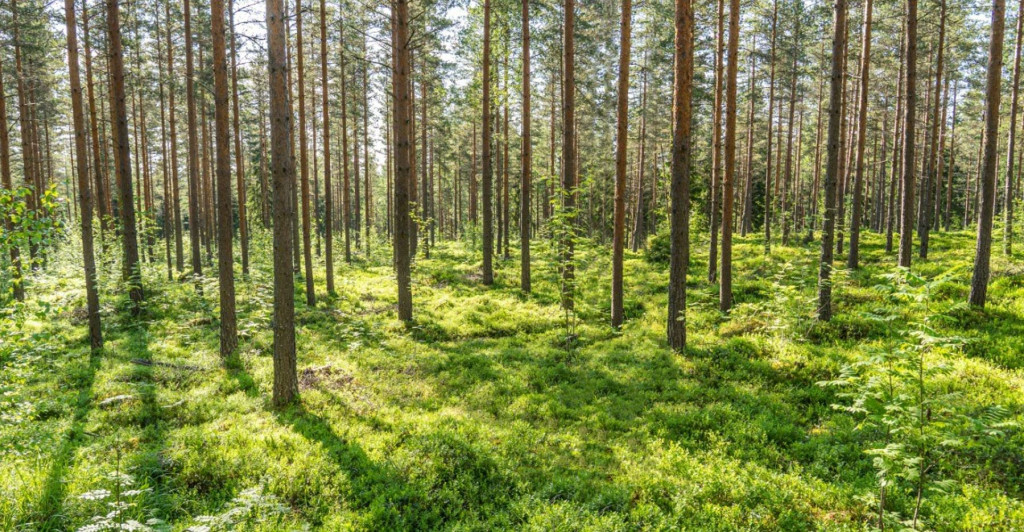
Environment and climate
We understand the climate impacts of wood products and our own operations. The sustainability of wood products and our own operations is comprehensively ensured from an environmental and climate perspective, while wood is utilised as completely as possible. Koskisen’s climate and environmental sustainability is wood wisdom that spans generations.
Wood is an ecological, renewable and carbon-storing material for many end uses. The carbon handprint of Koskisen’s wood products, i.e. the amount of CO2 emissions stored in wood for a long time, is over two times as large as the amount of emissions generated in production, i.e. the carbon footprint.
Koskisen has implemented a product group-specific carbon footprint calculation for its sawmill, plywood and chipboard products. The calculation shows that Koskisen’s products have a significant carbon handprint, as they store carbon for a long time while utilising almost all possible raw materials from wood into various products.
In 2023, the combined carbon footprint of Koskisen’s products, i.e. emissions from wood products, was 167,745 tonnes of carbon dioxide equivalent. The main sources of emissions are adhesives and coatings used in board products. In addition, emissions are generated in timber harvesting, the transportation of roundwood and products, and the use of electricity in production.
The carbon handprint of the wood products manufactured by Koskisen was significantly higher than the emissions. They stored a total of 381,701 tonnes of carbon dioxide equivalent in 2023.

Emissions from own operations (Scope 1 and 2)
In accordance with the GHG protocol, Koskisen has also calculated the direct and indirect (Scope 1&2) emissions of its own operations.
Koskisen’s Scope 1 and 2 emissions in 2023 were 11 497 t CO2e. Scope 1 includes direct greenhouse gas emissions from Koskisen’s own operations: the largest sources of emissions are the reserve use of oil from the power plant located in the Tehdastie industrial area and forklift traffic in raw material transfers. Scope 2 includes indirect greenhouse gas emissions, which include emissions generated in the production of purchased electricity.
The definition and calculation of the Scope 3 emissions from procurement and the value chain are ongoing, and Koskisen will also report these emissions in the future.